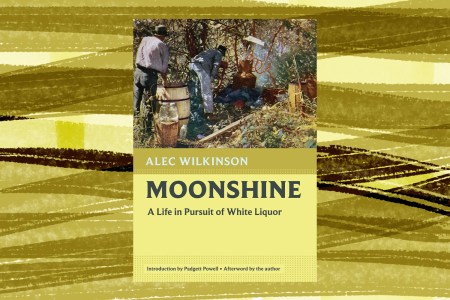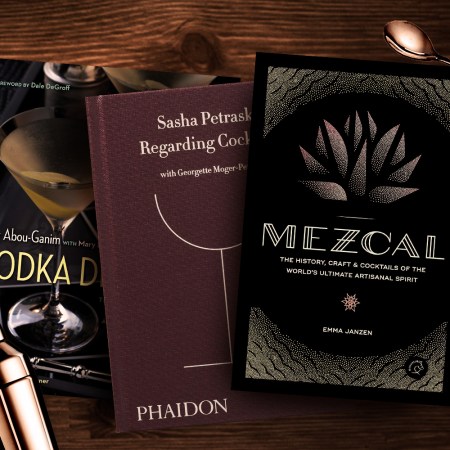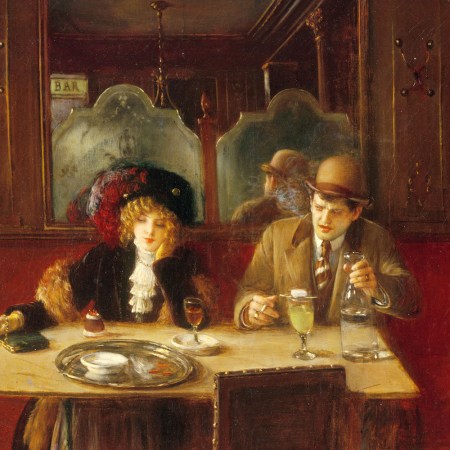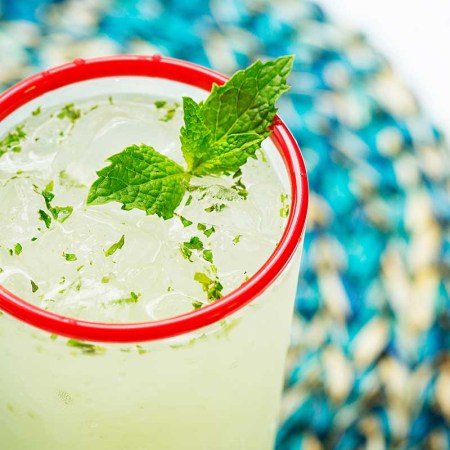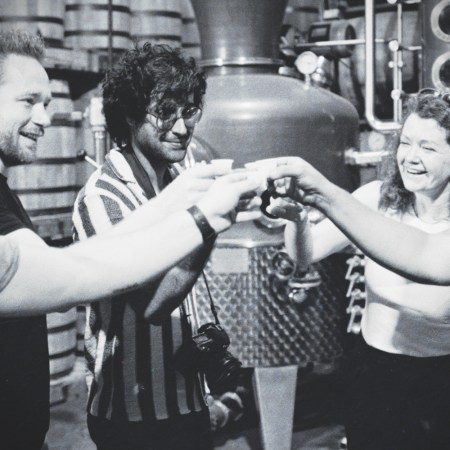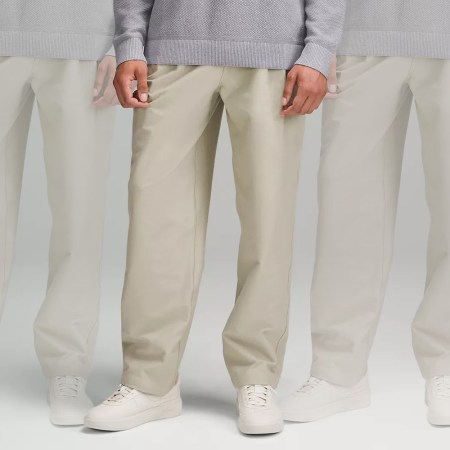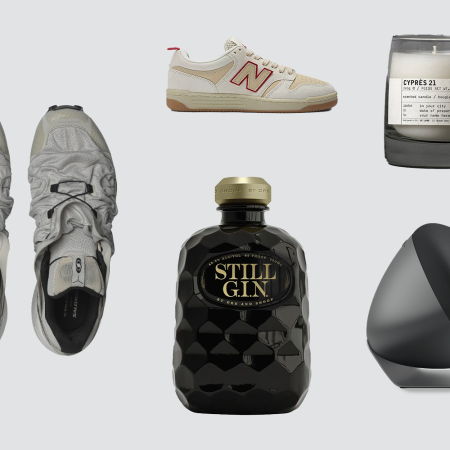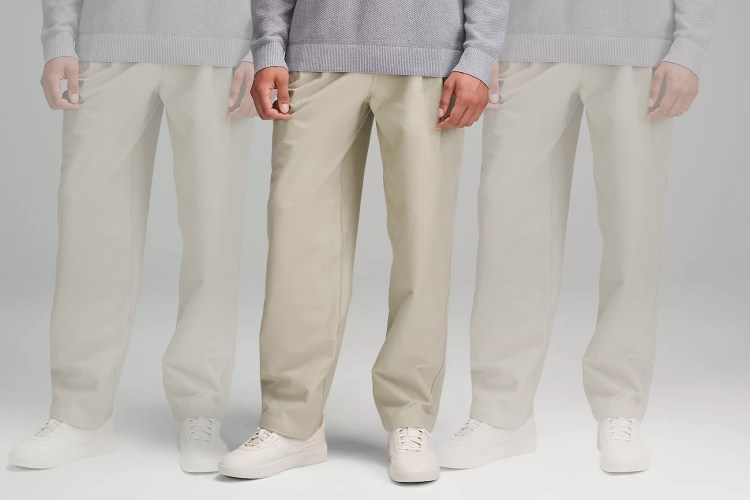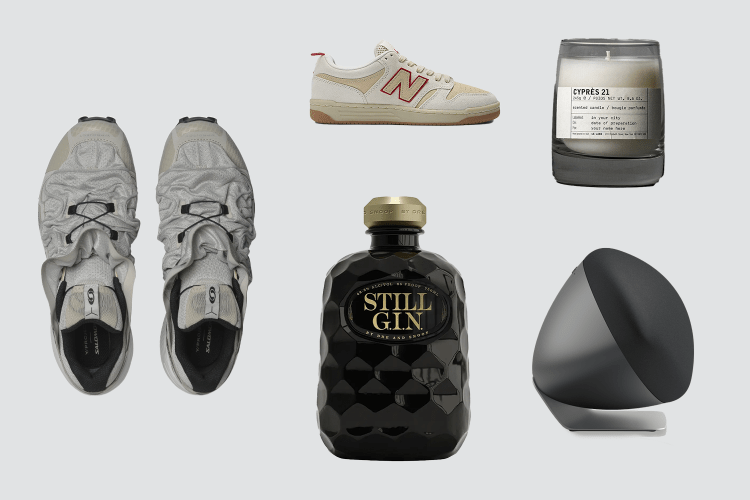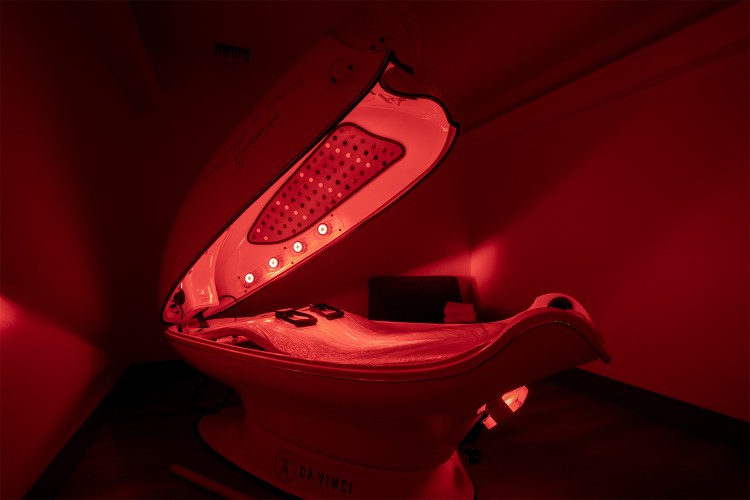More than nearly any other spirit, absinthe has a complicated reputation. It was banned in numerous countries until earlier this century, and its complex legal status has led to a number of stylistic permutations over the years, as well as some thriving online communities dedicated to absinthe’s history and future. Unfortunately, some of those same communities found themselves the targets of a skilled forger who offered what purported to be vintage bottles for sale — and which turned out to be anything but that. In his new book, The Absinthe Forger: A True Story of Deception, Betrayal, and the World’s Most Dangerous Spirit, Evan Rail chronicled the discovery of this scam and the fallout in its wake.
But that isn’t all Rail is doing in this engaging book. It’s also a useful guide to the contemporary world of absinthe, including the ways the style has fragmented and evolved in recent years. InsideHook spoke to Rail about how he researched this case and his own experience with absinthe — and got a few recommendations from him as well.
InsideHook: Before embarking on writing The Absinthe Forger, what was your impression of absinthe? How did working on the book change your impression of the spirit and the community around it?
Evan Rail: I had gotten into absinthe in the late ’90s and drunk it a few times. I saw a kind of renaissance around the drink and had written this article in 2013, 2014 for The New York Times. It was a travel article, but I drank too much absinthe at that time and I had lost my taste for it. This is a polite way of saying I had an incredible hangover, and I didn’t touch absinthe again for years.
So when I heard about the forger, when I heard about the counterfeit bottles and the forgeries that were circulating, I was curious about it. But I had a kind ofabiding distaste for the drink, I have to be honest. But I overcame that because it was such a curious tale of this guy — whom I knew — who had done this crime. And as I got over that initial distaste for the drink, I actually learned to love it again.
It’s a very refreshing beverage. It’s got a lot of complexity. It’s something you can turn to again and again in a meditative way to try to pick apart the various flavors that lie on top of each other in a single glass. So at this point, I really quite like it. I don’t drink it very often. I use it more in cocktails as a rinse or a float. But occasionally I pour a glass of absinthe, and I usually have it as a kind of meditative beverage when I’m thinking about something pretty deeply.
Christian, the forger you cover in the book, was selling what purported to be rare bottles for thousands of dollars or Euros, but they turned out to not be rare bottles. Compared with what I’ve read about forgeries of rare wine or whiskey, it seems like those kinds of forgeries can be sold for a lot more. What do you think made this guy choose absinthe when, if you wanted to put the effort into being a forger, there are much more lucrative paths you could choose?
That’s a really good observation. I think the answer is the same but different in two different ways. A forged bottle of Pétrus or a great French red wine or a forged bourbon bottle can go for much, much more money. I think the reason absinthe doesn’t go for a lot of money is that it’s still quite an underground beverage. It still has this mystique and this aura of something unknown and possibly dangerous. That’s just a holdover from the ban.
I can’t think of many other spirits where you can buy a bottle that’s more than a hundred years old for $3,000 or $4,000.
That has to do with the fact that it is an underground beverage. The absinthe underground is real. These people know each other. They network. I think you probably noticed, as I told the story of the book, they were talking about me. When I was contacting them to find out how to track down this story and pull on these little threads, they were talking about me in their private rooms.
I think that’s why, in a way, Christian — the name I’m using for this forger — was able to get away with it: it’s an underground beverage. It’s an underground scene or culture, a demi-monde, as they say in French. And it is a world in which there aren’t a lot of experts, and he was one of them. In the world of wine there’s the [Wine & Spirit Education Trust] where you can be certified as a wine taster or a sommelier or an expert, right? But in absinthe, there aren’t that many. And this guy was one of them. So he could pull it off.
It’s the answer to both of those questions. The price of a vintage bottle of absinthe is still relatively low. And the way [the forger] was able to pull it off is for the same reason — the culture is hidden and not known about to this day.
Another thing about your book that grabbed my attention was the way some of the experts you spoke with disagree about whether or not absinthe ages well. Some say it does while others are appalled by the idea that someone would drink a decades-old bottle.
I wanted that ambiguity to be present, but I didn’t play it up too much. Some people say this is what makes the drink sublime, adding a century to it. And other people who know the drink quite well will say, “No, this isn’t a red wine. This drink is meant to be consumed fresh.”
I would point out that the people who are mostly saying that it doesn’t age well and that it’s meant to be consumed fresh are the distillers in the Val-de-Travers, who never gave up their culture of absinthe and never had a culture of drinking prebans. They are the people who consumed it on a daily basis throughout 95 years of a harsh legal ban. They just kept making it and kept consuming it. So for them, that drink really is something that’s a living beverage. It is not a museum piece.
The people who fetishize the age of it are often the people who are fetishizing or heightening the romance around the culture of absinthe in the Belle Epoque era, the pre-World War I glory days of absinthe. And part of the attraction of that era is that it’s gone.
I’m old enough that I can remember the point where absinthe became legally available again, and it still feels a little unprecedented — there’s never been a question of a specific category of spirits going from being illegal to being legal.
There’s only one spirit that’s come back from the dead this way, but there’s also only one spirit that’s been crucified in this way.
I found it interesting to learn that absinthe differs significantly depending on where it’s made — that if you buy a bottle from the Czech Republic or from France, they could be very different. And in The Absinthe Forger, you talk about how there are disputes within communities over a spirit-forward approach versus emphasizing wormwood.
I would say that what’s happening with absinthe is it’s transcending what it was and becoming other things. I’m going to give a few talks in the United States as part of a book tour, and one of the things I want to talk about is how absinthe is developing new styles.
You have these things like Patrick Grand’s Distillerie Grand Numero Cinque, a barrel-aged absinthe that tastes conspicuously like a whiskey because it’s been sitting in oak. That has nothing to do with the Belle Epoque. And those 19th century absinthes wouldn’t even recognize this spirit. Similarly, there were white absinthes before the ban. Those existed, but they were super rare. Nowadays, the predominant style of absinthe, at least in the Val-de-Travers in Switzerland, is white or clear. It’s not green.
I think what’s great about absinthe — and all culture in general — is when it’s not a museum piece and we are not just emulating the highs of a previous generation. It’s not like every band that’s coming out is just trying to play Led Zeppelin, right? Instead, you’re getting new styles of music and you’re getting new ways of expressing yourself. And that’s happening across cultures. In the drinks world, we’re seeing it with absinthe.
Yes, absinthe has been the next big thing a few times. And it seems like it’s never really crossed that threshold into super-mainstream acceptance. The New York Times has run articles showing how to make an Absinthe Frappe or some drink like that, and it’s sort of a mainstream acceptance. But it’s never going to be, or at least not in the foreseeable future, the first bottle people reach for when they come home from a hard day at work. Not for most Americans, not for most Europeans. It remains a specialty drink that is still rather unknown and rather mysterious and romantic. I think that’s part of its great charm.
I can remember friends of mine in the early 2000s talking about going to, say, Prague and drinking absinthe until they were delirious. Do you think that reputation has negatively affected the adoption of it by some drinkers?
Honestly, I feel like that’s part of the appeal. But yeah, I remember those days as well. I’ve written about it in a couple of places. I once drank enough absinthe I thought I could see the surface of my brain. That could be a bonus or a downside, depending on your point of view.
I think in the United States in general, the marketplace is filled with wonderful things to eat and drink. It’s hard for this obscure spirit from this strange place in a small corner of Switzerland, effectively, to find a foothold when you have celebrities hawking tequilas or bourbons. And there are so many other wonderful drinks, wines, cocktails, craft beers. There’s so much interesting stuff to drink, I think absinthe is probably destined to be a minor player, a very specialist beverage that connoisseurs can appreciate. But it’s probably not going to be a drink for everybody. And that’s okay.
I wanted to talk about the culture that’s sprung up around vintage bottles. You mentioned some of the people who ended up buying forged bottles were groups of, say, 10 friends who would each put in $200 and split a bottle. Do you see that communal experience being different from the way other vintage bottles might be acquired and consumed?
I think it’s a really particular part of the absinthe underground that these people wanted to consume the drinks and share them. It was a very tight community that was rather secret in what it was doing. These were closed Facebook groups, or closed bulletin boards, where people were using pseudonyms.
Now, as a person who loves history, I kind of am aghast when I see someone drinking a 120-year-old or 130-year-old bottle. I think this must be preserved. We cannot open it. At the same time, I love the hedonism, the idea of blowing through the red light of what is proper and right: “Let’s just go ahead and see how this thing works by opening a bottle that dates from before your great-grandfather was born.” I do appreciate that.
I know that in the world of wine, I don’t think it has quite the same parallel. I think a lot of the collectors of vintage wine collect them to have them. And they’re often very, very wealthy men who want to hold and cherish and keep away the bottles from the rest of society in a secret place, in a wine cellar where no one from the outside world ever has entrance. That’s a very different approach to appreciating this vintage alcohol than a bunch of people with middle class jobs who pool together enough money to buy an old bottle for a good price from a dealer who is also a friend. And they get together in a chalet in the Swiss or French Alps and they open it up and drink it until it’s gone. That’s a really wonderful shared experience I don’t think billionaires get to have.
So at least we have something they don’t have, that kind of friendship. That kind of shared experience. I’m going to start quoting lines from Pulp’s “Common People” here in a second. There is something we have that they don’t, and that is the ability to enjoy this culture in a different way than they can.
This Classic Book Explores the Inner Workings of Illegal Liquor
Alec Wilkinson revisits his book “Moonshine: A Life in Pursuit of White Liquor”As you explained in the book, the forger’s actions effectively destroyed some of the online communities because there had been that betrayal of trust. Have any of them come back or been reborn in new forms since then? You mentioned some folks who had been on Facebook have now migrated to a Reddit forum. But was this more of a fatal blow to that sense of community?
It was. I don’t think the culture is the same. A lot of people were really hurt, and they simply don’t approach the world the same way anymore. They don’t have the same level of trust. At the same time, the way you and I and everyone else use the internet has changed. I don’t use Facebook as much myself. And the same holds for literally billions of people — we have moved away from the way we used the internet previously. The internet is transforming. It is becoming a different thing.
I was lucky enough to be alive when it came about during my lifetime. I’ve seen it go through a bunch of different forms. And the way people share culture or share elements of their lives nowadays is changing. I think there’s been a real pushback in recent years, even recent months, against sharing too much online and being too much online.
The aspect of absinthe culture where people are opening vintage bottles and sharing discoveries, that’s happening in real life. These are people who have largely moved offline after spending a lot of time online. I think that’s a sign of not just what the absinthe forger did and how he ruined a shared community and ruined a culture that brought a lot of people joy. It’s also how we — in general and as a civilization — are moving away from using the internet the way we did in the early 2010s.
Were there any absinthes you tasted during the course of researching the book that have become favorites of yours?
Oh, yeah. They’re the ones I mentioned, the distillers I mentioned. I’m a big fan of La Clandestine absinthe, which I believe you can get in the States. The Bleu Absinthe from La Clandestine is one of my favorites. I think they’re great. The absinthes from Martin Žufánek are top shelf. He has done things to push the style forward, from using Italian herbs to using mead as his base spirit. It’s changing what absinthe is and making it become something new or pushing absinthe to be what it’s going to be. And those spirits are fantastic. There are a bunch I haven’t been able to try. I know Jade Liqueurs‘ absinthes are stellar, but I don’t have access to them here. I cannot wait to try them when I’m in the States doing promotion for this book.
Join America's Fastest Growing Spirits Newsletter THE SPILL. Unlock all the reviews, recipes and revelry — and get 15% off award-winning La Tierra de Acre Mezcal.

